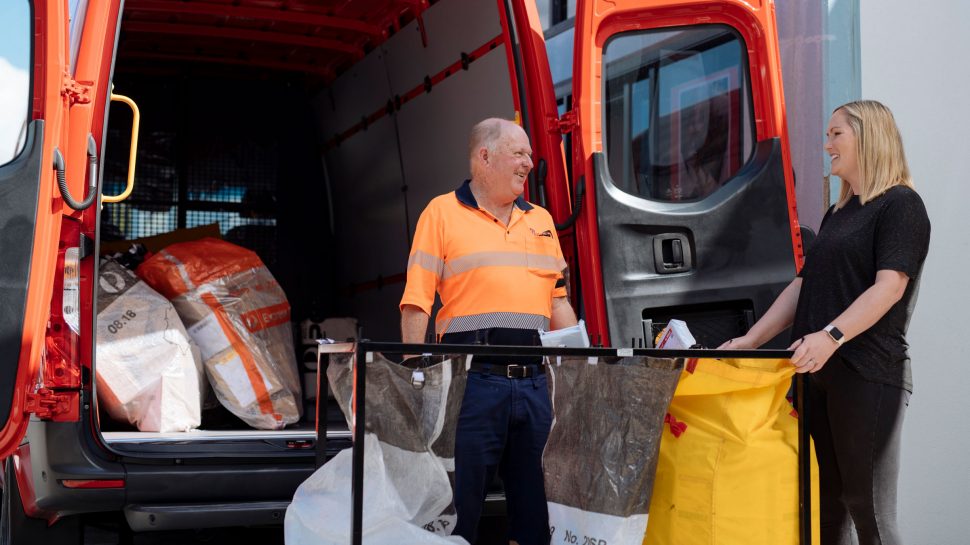Kitchen Warehouse’s omnichannel advantage
As social distancing, border closures and lockdowns became commonplace in 2020, many Australians settled into routines that involved more home cooking and gardening. As a result, the Home & Garden category accounted for 12.6% of all online purchases, as outlined in the 2020 Inside Australian Online Shopping eCommerce industry report1. A further 10.3% of all online purchases were Home & Garden goods bought through Variety Stores.
Stephen Smith, GM Supply Chain and Store Operations at Kitchen Warehouse, explains what Australia’s cooking renaissance meant for the omnichannel retailer.

Key points
- In 2020, the Home & Garden category took out third place for share of online purchases in 2020, at 12.6%.1
- Online shopping purchases from the Home & Garden category grew 69.6% YOY.
- To support this increase in demand Kitchen Warehouse utilised its retail stores to fulfil online orders.
At Kitchen Warehouse we want to be the one-stop shop for Australian’s cooking and entertaining needs. This means delivering a world-class experience and offering the largest range of quality products. I guess you could call us the Bunnings of kitchenware!
We are a family run business and the owners have a heritage in the service and hospitality industry. About 20 years ago they began with one retail store and grew from there. In 2016, the business merged with the established online company, Kitchenware Direct, run by family member and now CEO Peter Macaulay – with the purpose of strengthening our offer to consumers as an omnichannel retailer and expanding nationally.
On top of strong organic growth in retail we have plans to keep opening new store sites across the country. This will only bolster strong online growth as physical retail provides for greater brand exposure and helps build trust in our brand. Stores provide an avenue for easy returns of online purchases and strengthening our offer through in-demand services, such as click and collect, being an omnichannel retailer certainly gives us a competitive edge.
When COVID-19 hit there was definitely a fear of the unknown around how we would be impacted but in reality, we saw a sharp uptick in sales.
We were in peak season mode from March (2020) onwards, as Australians embraced cooking at home. To support this increase in demand we were able to pivot and utilise stores to fulfil online orders. This was an initiative we had earmarked for calendar year 2020 but were able to turn around what would have been a four-month project in the space of four weeks. There’s a lot of moving pieces in there from the sorting of order allocation and WMS logic, to new workflow processes in-store, and additional logistics services. Australia Post supported this effort by activating 14 additional collection points for our parcel service. This enabled us to ramp up our throughput and keep customers happy by avoiding major despatch and shipment delays.
It’s been very successful. We’ve certainly seen some reduction in freight costs but also some real wins in terms of customer experience. There’s more work to be done here although we have seen that fulfilling orders from locations nearer to our customers reduces order turnarounds by several days. Customers are loyal to brands that deliver the right experience. Being able to innovate and form the right partnerships, I believe has not only allowed us to acquire new customers over this period but retain them into the future.
Stephen Smith
GM Supply Chain and Store Operations
Kitchen Warehouse
82% of Australian households shopped online in 2020.1 Our latest eCommerce report examines this explosive growth – including who’s shopping, where they live and what they’re buying.
Related articles

eBay’s perspective on what COVID-19 means for the future of retail

Delivering an online shopping boom
This article is provided for general information purposes only and is not intended to be specific advice for your business needs.
1 Inside Australian Online Shopping eCommerce report, Australia Post, 2020

